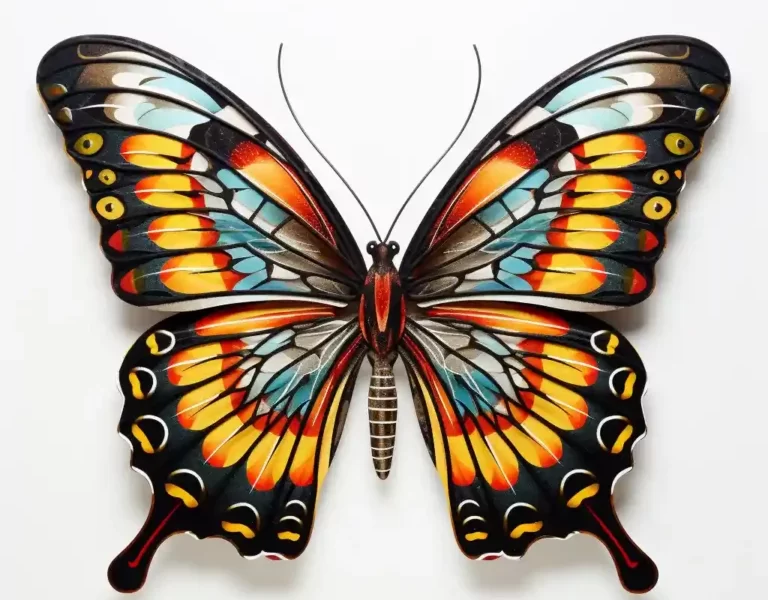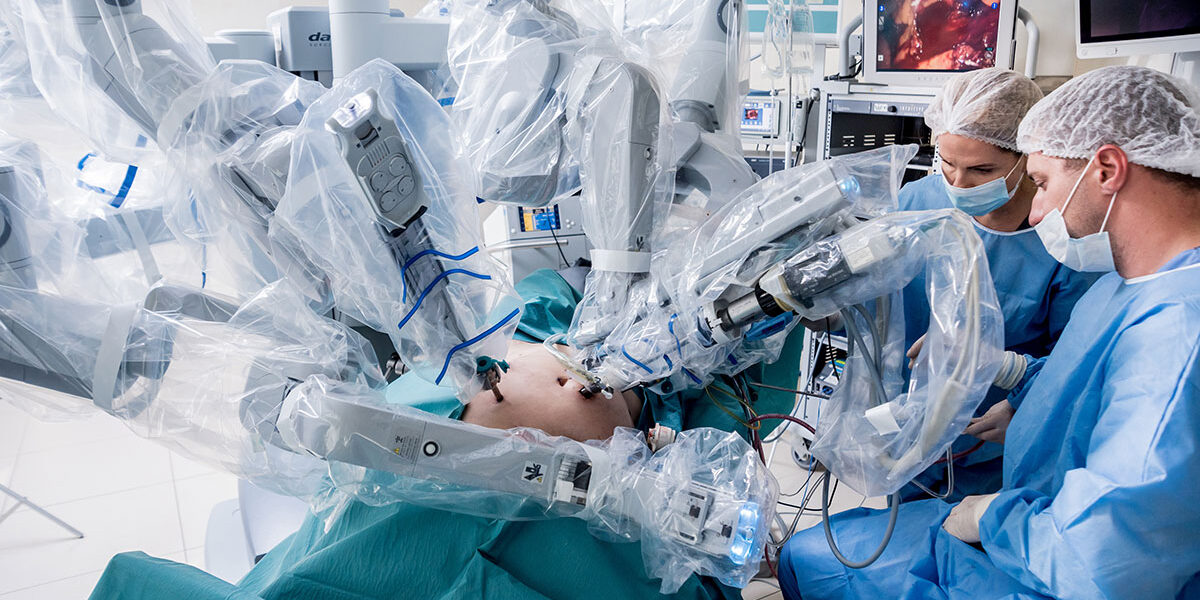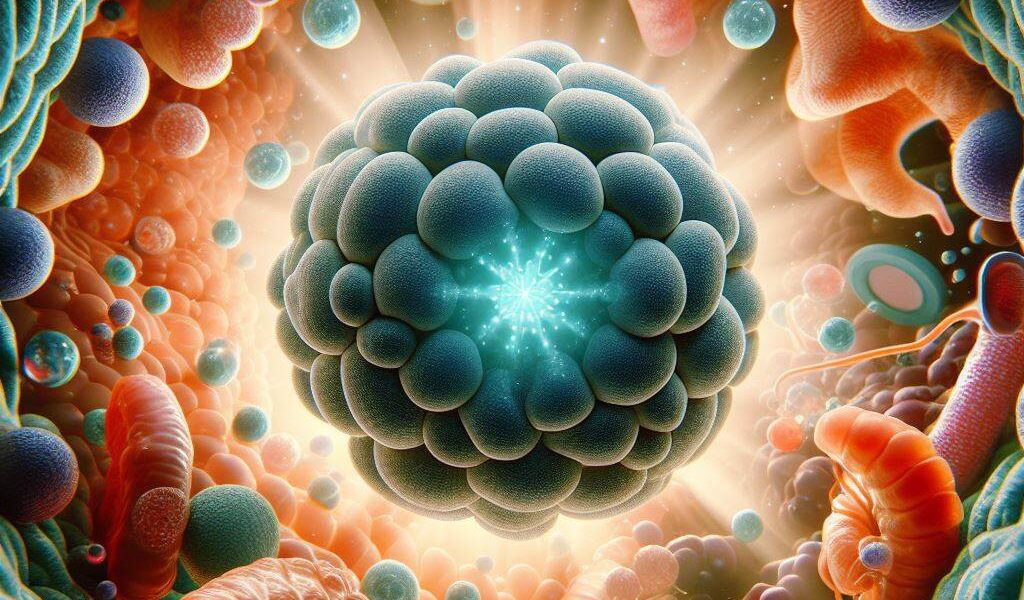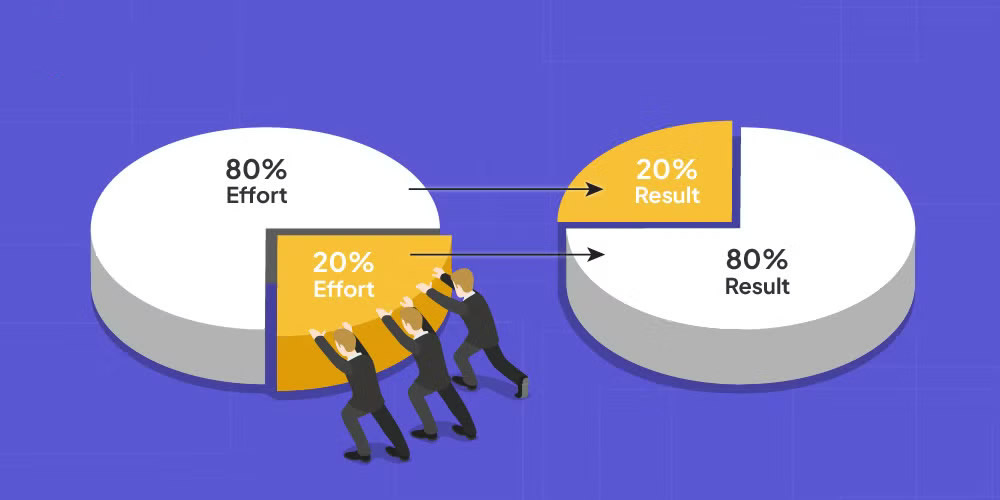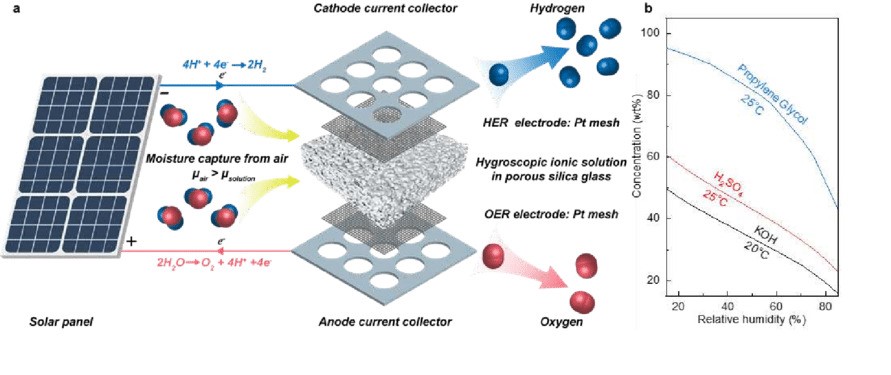AI Revolution in Total Excellence Management (TEMS) and Recirculation Aquaculture Systems (RAS)- AI&TEMS&RAS
The AI Technological Radical Innovation in Total Excellence Management and High-Tech Closed-Recirculation Fish Farming System Is Here!
Prof. Aécio D’Silva, Ph.D
AquaUniversity
Introduction: The Future is Now – Smart Fish Farms!
AI&TEMS&RAS – Imagine our amazing RAS fish farms getting even smarter, with computers that can learn and help us in ways we never thought possible! That’s the power of Artificial Intelligence (AI), and it’s about to change how we grow fish. This post will take us on a journey into the future of fish farming, exploring how AI can make our farms more efficient, sustainable, and successful.






